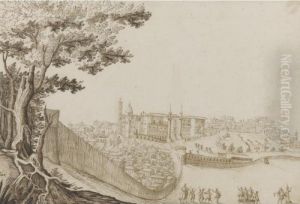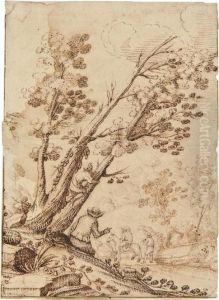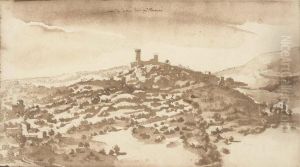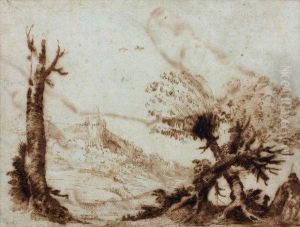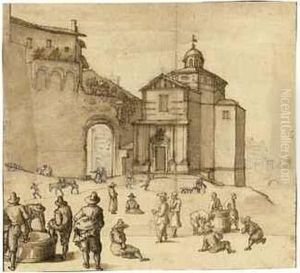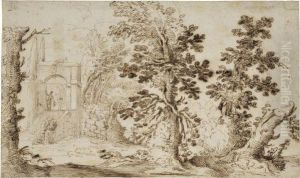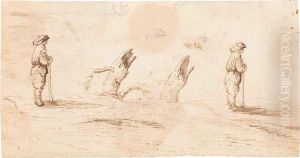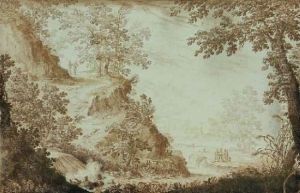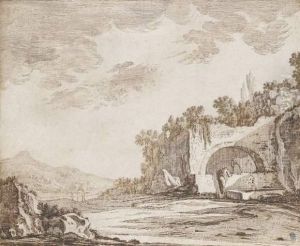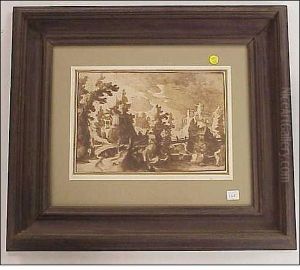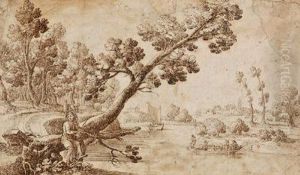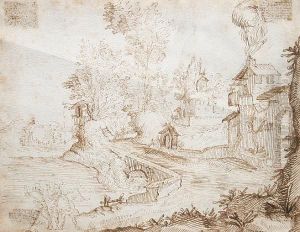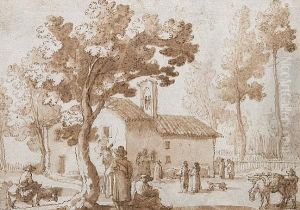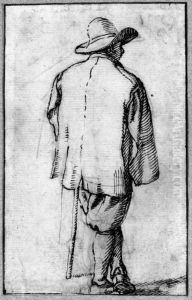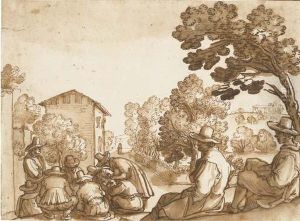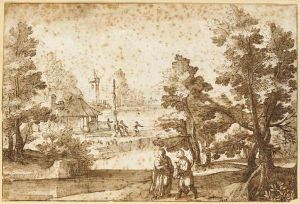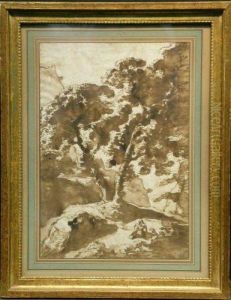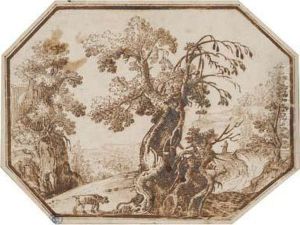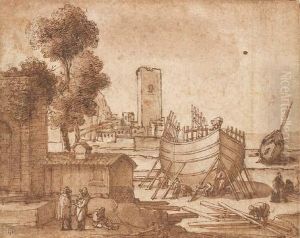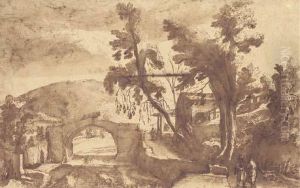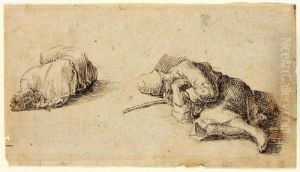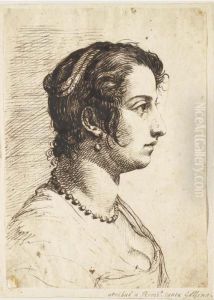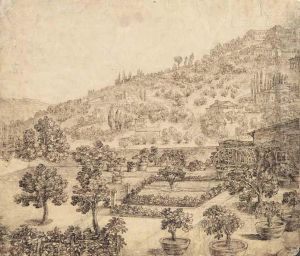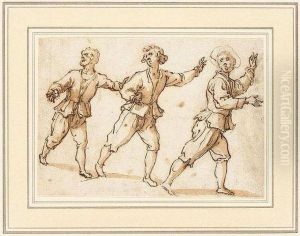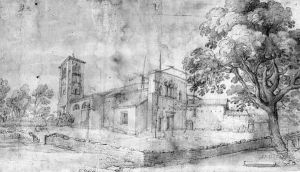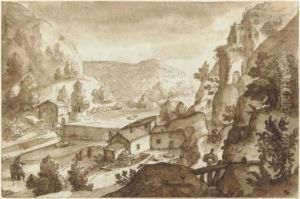Remigio Cantagallina Paintings
Remigio Cantagallina was an Italian artist known for his drawings, etchings, and paintings, born in Sansepolcro, Tuscany, in 1582. He was an important figure in the early Baroque period and is especially recognized for his landscape drawings and etchings that depict both real and imaginary scenes with a remarkable level of detail and liveliness.
Cantagallina was influenced by the works of Paul Bril and the Carracci family, which is evident in his handling of landscape elements. He was a contemporary of the famous Italian Baroque painter and architect, Giovanni Battista Salvi da Sassoferrato, and he worked in a similar naturalistic style.
During his lifetime, Cantagallina traveled extensively throughout Italy, which greatly influenced his artistic work. His travels allowed him to study different landscapes and cityscapes, which he then incorporated into his art. One of his most significant journeys was to the north of Italy and then to Flanders and France between 1612 and 1614. The sketches and drawings he made during this trip were later used as studies for his etchings.
Cantagallina's work was also influenced by his interactions with other artists and his time spent in Florence, where he was part of the artistic circle around the Medici court. He was known for his technical skill in etching, a medium that was still relatively new at the time. His etchings often feature complex compositions with small figures and a high level of detail, reflecting his keen observation skills.
After his travels, Cantagallina returned to Florence, where he became a successful artist. His works were collected by patrons across Europe, and he was commissioned to create both public and private pieces. Despite his success, there are relatively few paintings definitively attributed to him, as his primary legacy remains his drawings and etchings.
Remigio Cantagallina passed away in Florence in 1656. His work has been studied by art historians interested in the development of landscape art in the early Baroque period and the evolution of etching as a respected artistic medium. His drawings and etchings continue to be appreciated for their detail, composition, and insight into the landscapes of 17th-century Europe.
